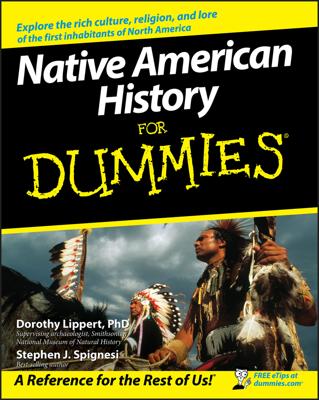The Pilgrims (actually, they called themselves “the Saints” and everyone else “the Strangers,” and they weren’t dubbed Pilgrims until much later by one of their leaders) were mostly lower-class farmers and craftsmen who had decided the Church of England was still too Catholic for their tastes. So they separated themselves from the Church, thus resulting in everyone else calling them “Separatists.”
This didn’t please King James I, who suggested rather forcefully that they rejoin or separate themselves from England.
The Separatists did just that, settling in Holland in 1608. But after a decade of watching their children become “Dutchified,” the English expatriates longed for someplace they could live as English subjects and still worship the way they wanted. The answer was America.
After going back to England and negotiating a charter to establish a colony, taking out a few loans, and forming a company, a group of 102 men, women, and children left England on September 16, 1620, on a ship called the Mayflower. (A second ship, the Speedwell, also started out but sprang a leak and had to turn back.)
The Mayflower was usually used for shipping wine between France and England. Its cargo for this trip was decidedly more varied than usual. Although the Pilgrims didn’t really pack any smarter than had the Jamestown colonists, they did show some imagination.
Among the things they took to the wilderness of North America were musical instruments, all kinds of furniture, and even books on the history of Turkey (the country, not the bird). One guy even brought 139 pairs of shoes and boots.
Despite a rough crossing that took 65 days, only one passenger and four crewmen died, and one child was born. After some preliminary scouting, they dropped anchor in a broad, shallow bay now known as Plymouth. (No evidence exists to indicate they landed on any kind of rock.)
Two important things happened on the way over. One was that the Pilgrims missed their turnoff and failed to land within the borders laid out by their charter. That meant they were essentially squatters and didn’t fall under the direct governance of anyone in England.
Secondly, concerned by mutterings from some members of the group that they should go home, the colony’s leaders drew up a compact, or set of rules, by which they all agreed to abide. This became known as the Mayflower Compact.
The Mayflower Compact was remarkable in that it was drawn up by people who were essentially equal to one another and were looking for a way to establish laws they could all live under. Although it certainly left out equal rights for women, slaves, Native Americans, and indentured servants, it was still a key early step in the colonists’ journey toward self-rule and independence from England.
Despite their planning, the Plymouth colony had a very rough first winter. Just like the Jamestown colonists, half the Plymouth settlers died in the first six months. But unlike many of the Jamestown colonists, the Pilgrims were hard workers.
They had an extremely able leader in William Bradford, who was to be governor of the colony for more than 30 years, and an able, although diminutive, military leader in Miles Standish (his nickname was “Captain Shrimpe”). They were also extremely lucky because the local Native Americans proved not only to be great neighbors but also had one among them who spoke English.
The locals showed the newcomers some planting techniques and then traded the colonists’ furs for corn, which gave the Pilgrims something to send back to England. By the fall of 1622, the Plymouth colonists had much to be thankful for.
The Plymouth colony never got all that big, and by 1691 it was absorbed by the larger Massachusetts Bay colony. But the impact of its approach to government and its effect on the American psyche far outstripped its size or longevity. Ever since (greatly aided by countless elementary school Thanksgiving pageants), the Pilgrims have dominated most Americans’ images of the country’s earliest settlers.

